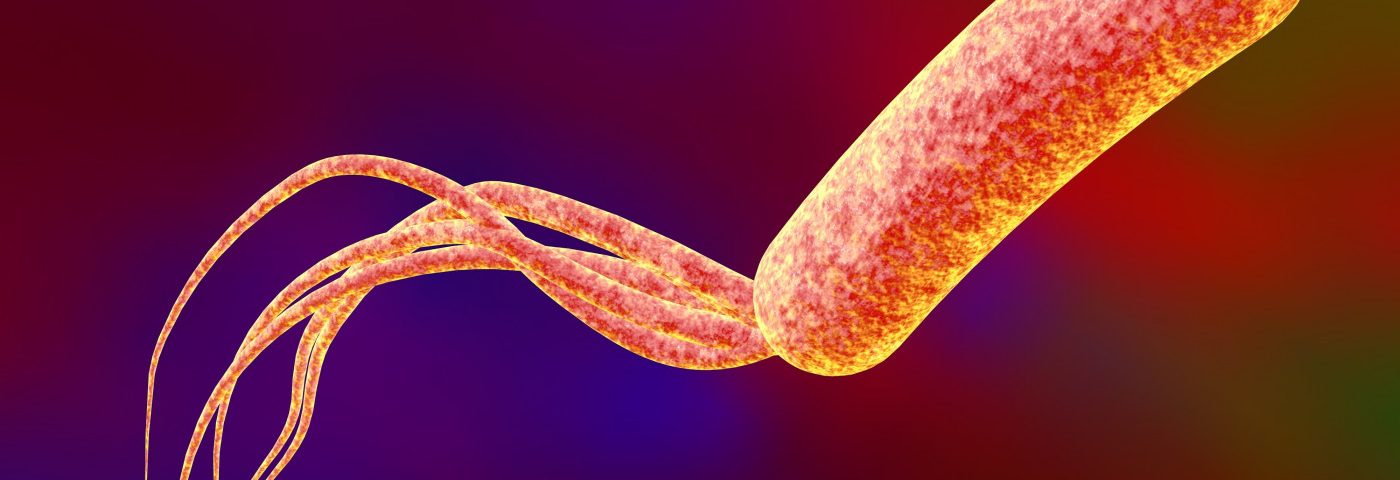Alaxia has joined the inhaled Antibiotics in Bronchiectasis and Cystic Fibrosis (iABC) consortium as a partner in a collaborative project that seeks to accelerate the development of two inhaled antimicrobial agents to fight bacterial lung infections in people with cystic fibrosis (CF) and bronchiectasis.
Antimicrobial resistance is a major public health concern that has led to a reduction in the use of those agents to minimize the chances of new multi-drug resistant strains of microbes. According to iABC, it is estimated that antimicrobial resistance is responsible for 25,000 deaths every year in the European Union alone.
People with CF and bronchiectasis are particularly susceptible to lung infections, which often are caused by multi-resistant bacteria that are very hard to eliminate.
The iABC project, which currently has 22 partners from eight European countries, seeks to advance development of two investigational antimicrobial agents — Alaxia’s ALX-009 and Polyphor’s murepavadin (POL7080) — for treating lung infections in people with CF and bronchiectasis.
Both compounds have a strong activity against Gram-negative bacteria, such as Pseudomonas aeruginosa, which often are responsible for chronic lung infections in patients with CF and bronchiectasis, and are particularly hard to target and eliminate.
By becoming a partner of the iABC consortium, Alaxia will have the opportunity to accelerate the development of ALX-009. The company will have access to patient and clinical trial networks, and receive support from other iABC members who are experts in the development of inhaled antimicrobial agents.
“Alaxia is honored to have been selected to join the iABC project on fighting antimicrobial resistance in patients with lung diseases,” Philippe Bordeau, vice president of innovation and business development at Alaxia, said in a press release.
“Our ALX-009 candidate has demonstrated strong potential as a therapy against antibiotic resistant lung infections in cystic fibrosis. We look forward to collaborating with iABC members on advancing this drug candidate and discussing this therapeutic opportunity with new financial partners,” Bordeau said.
ALX-009, Alaxia’s lead therapeutic candidate for the treatment of CF, is an antimicrobial agent that contains two different compounds that are part of the body’s natural line of defense against microbes: the hypothiocyanite ion (OSCN–), which is a potent large-spectrum antimicrobial agent, and the protein lactoferrin, which inactivates and kills bacteria.
Preclinical studies demonstrated that several species of bacteria that cannot be targeted by other therapies, including Burkholderia cepacia, multi-resistant strains of Pseudomonas aeruginosa, Achromobacter xylosoxidans and Stenotrophomonas maltophilia, all were sensitive to ALX-009.
Unlike other types of antibiotics that have to be administered at very high doses to be effective against bacteria aggregates (biofilms) and microbes caught up on sputum (sticky mucus found in the lungs of people with CF and bronchiectasis), the activity of ALX-009 is not lessened by their presence. For that reason, ALX-009 can be used at lower doses.
The medication can be used as a standalone therapy, or in combination with other antibiotics. It is being tested in Phase 1 clinical trials in people with CF and bronchiectasis (NCT02598999). Alaxia is planning to start enrolling participants in Phase 2a trials of ALX-009 in 2020.

